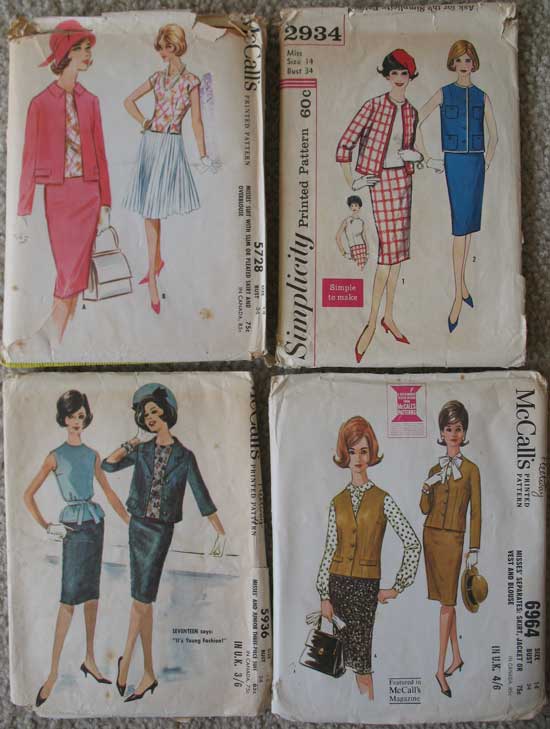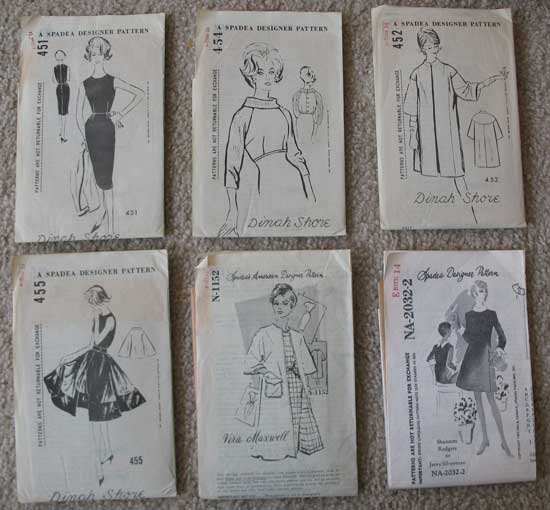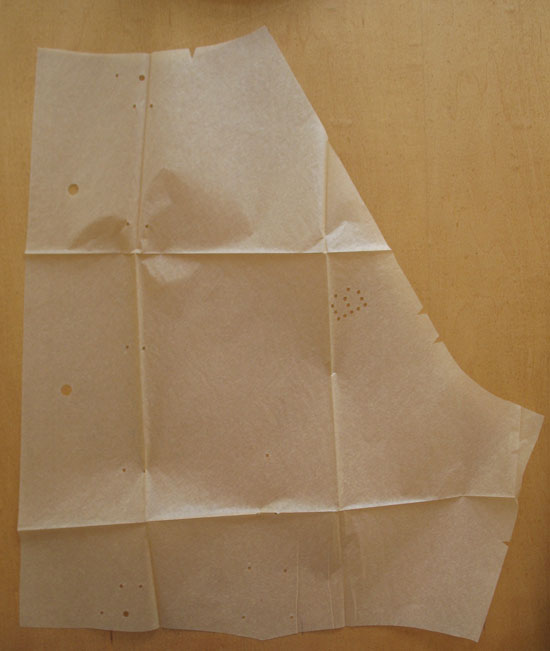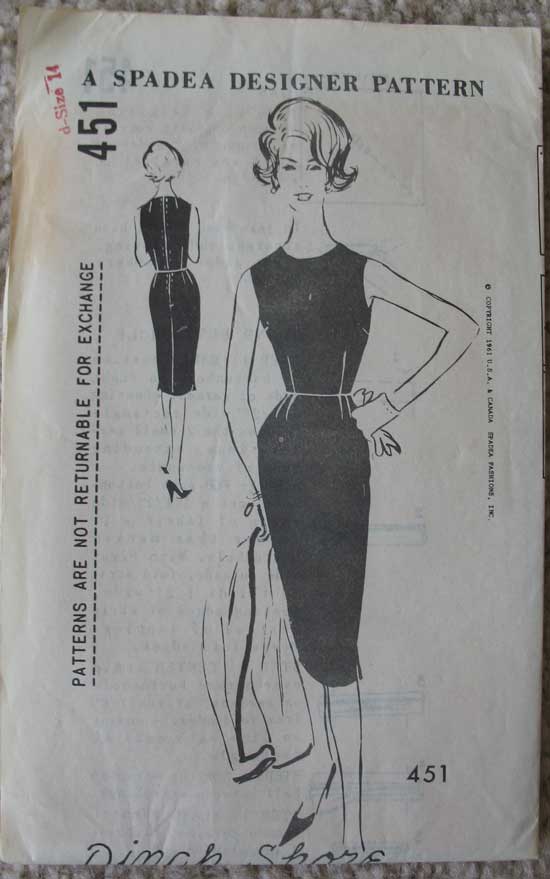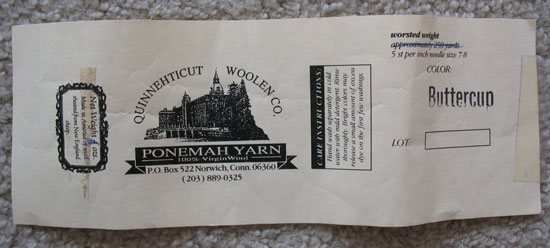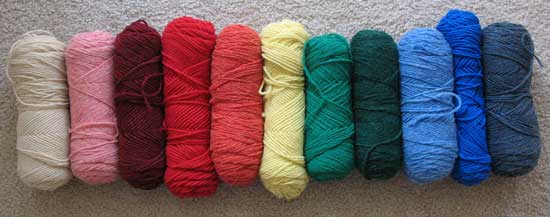A Short Rant
 Monday, January 16, 2012 at 10:17PM
Monday, January 16, 2012 at 10:17PM Blame it on my grumpy mood this evening (my husband left yesterday for a three-week business trip, and I was home all day for a "holiday" with two little boys, one of whom is sick) but I'm a little bit peeved at the commercial pattern companies. I've spent quite a good bit of time in my sewing room the last few days, though I have little to show for it. I've been working on fitting patterns (something I'm not very good at), making and tweaking muslins. I now have three nicely fitted patterns that I can sew from. I also took advantage of the holiday sales at the local fabric store and bought several new patterns. They were all from the Amazing Fit line of Simplicity patterns which promise a "customized fit in all key areas". Here's where the trouble begins.
I've read through the instructions provided, including the sections for choosing the right sized pattern. I applaud the fact that they provide separate pattern pieces to fit A through D cups, as well as slim through curvy figure types. But how they imagine they will achieve their claim of Amazing Fit using the age-old (read: wrong) method of pattern sizing is beyond me. I know from my recent pattern work (and lots of experience) that the top part of me wears a size 8 in commercial patterns. According to their fitting instructions I should be choosing a size 12 (actually I am between a size 12 and 14). The instructions go on to tell you that there is 3-1/2" of ease in the bust. Does this picture look like there is 3-1/2" of ease in the bust?

And who wants to wear a dress with 3-1/2" of ease in the bust? Not only is it bad advice to use the full bust measurement to size a pattern, with separate pattern pieces for different cup sizes they've just made the problem even worse! Everyone probably knows (and hates) the woman who wears a petite size 4 with a 38 D bust. That woman would follow the instructions given and make a size 16 dress. The extra inches need to fit her size D cup are already accounted for in the pattern piece with a D cup! Many of us know to use our high or upper bust when figuring our pattern size but the pattern companies never make this suggestion, leading new or inexperienced sewers to certain failure from the start.
This pattern line has some lovely designs, and I can't wait to fit the patterns and sew up some muslins. Thankfully I'll save myself some grief and start with a size I know I wear. But shouldn't the pattern companies come up with some new guidelines to help ensure that everyone truly achieves an Amazing Fit?
 Amazing Fit,
Amazing Fit,  patterns in
patterns in  sewing
sewing 




